
The F-15 Streak Eagle purpose was to establish new time-to-climb records, improving those held by the F-4 and MiG-25
Developed to be the best air superiority fighter in the world, the F-15 proved to be also a very useful testbed aircraft.
One of the Eagle most interesting experimental programs involved the 19th pre-production aircraft, the airframe 72-0119.
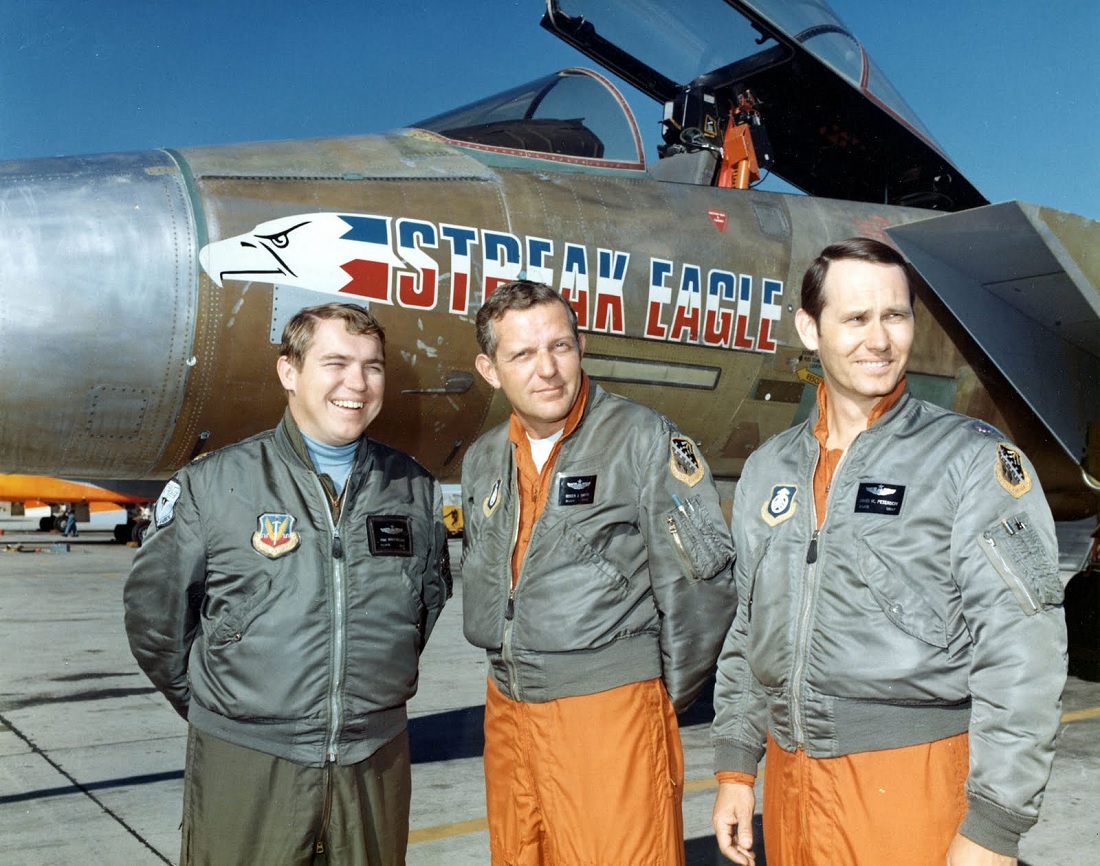
Streak Eagle Drivers: Maj. Roger Smith, Maj. Dave W. Peterson, and Maj. William R. “Mack” MacFarlane
This F-15A was called “Streak Eagle” and its name reflected very well the kind of flights that the aircraft would have been performed: in fact its purpose was to establish new time-to-climb records, improving those held by the F-4 and MiG-25.
To perform this mission the Streak Eagle was heavily modified reducing its weight as much as possible.
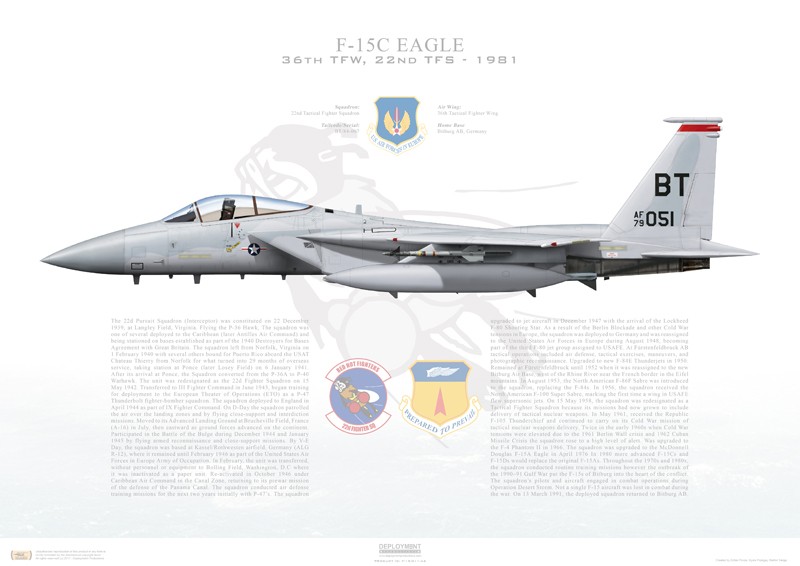
This print is available in multiple sizes from AircraftProfilePrints.com – CLICK HERE TO GET YOURS. F-15C Eagle 36th TFW, 22d TFS, BT/79-051 / 1981
In fact, as explained by Steve Markman and Bill Holder in their book One Of A Kind Research Aircraft A History Of In Flight Simulators, Testbeds & Prototypes, from this F-15 were removed all unnecessary items, such as missiles, radar, cannon, tail hook, one generator, utility hydraulic system, flap and speed brake actuators while another 40 pounds were gained by not painting the aircraft.
Several instrumentation was also installed in the aircraft, such as a restraint device that replaced the tail hook, and a nose boom with alpha and beta probes to determine the angle of attack and sideslip coupled with special battery packs and controls. Other special tools were an over the shoulder camera, a G-meter, a standby attitude gyro, equipment for verifying altitude, and ballast.
With this modifications, the Streak Eagle saved 2,800 pounds while the fuel carried in each record attempt varied from 3,000 to 6,000 pounds.
The eight new altitudes and times records listed below were set by three USAF F-15 pilots: Maj. Roger Smith, Maj. W.R. Macfarlane and Maj. Dave Peterson who, from Jan. 16 to Feb. 1, 1975 flew the Streak Eagle.
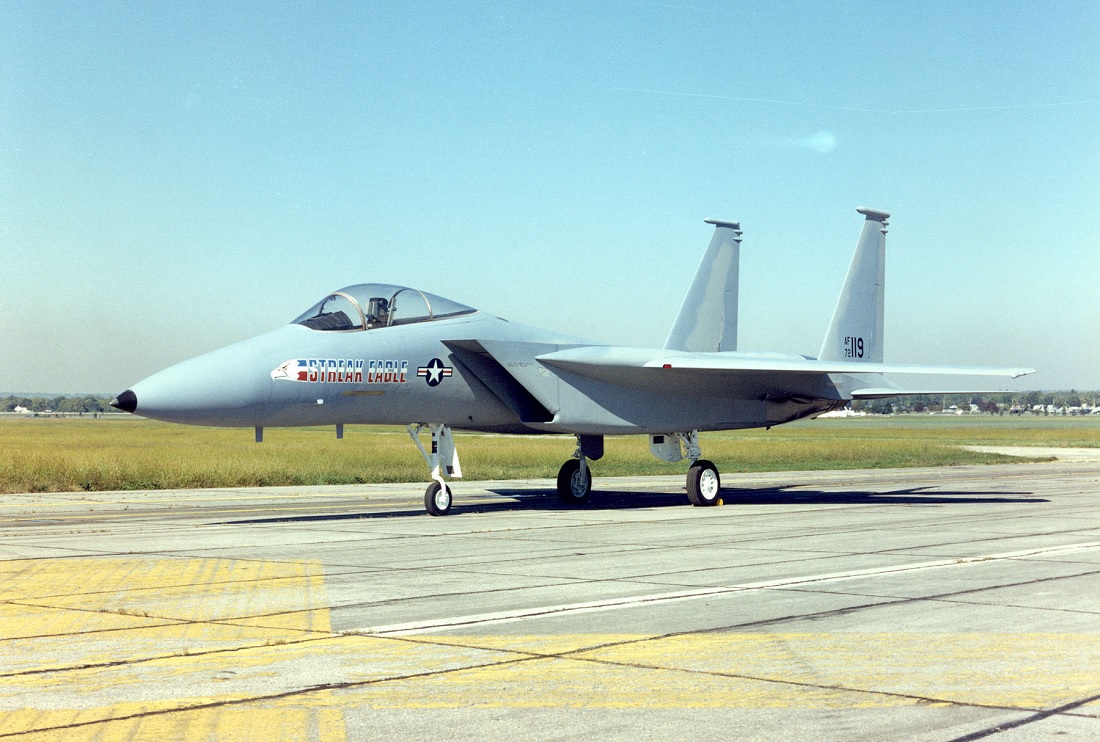
3,000 meters (9,843 feet) 27.57 seconds
6,000 meters (19,685 feet) 39.33 seconds
9,000 meters (29,685 feet) 48.86 seconds
12,000 meters (39,370 feet) 59.38 seconds
15,000 meters (49,212 feet) 77.02 seconds
20,000 meters (65,617 feet) 122.94 seconds
25,000 meters (82,021 feet) 161.02 seconds
30,000 meters (98,425 feet) 207.80 seconds
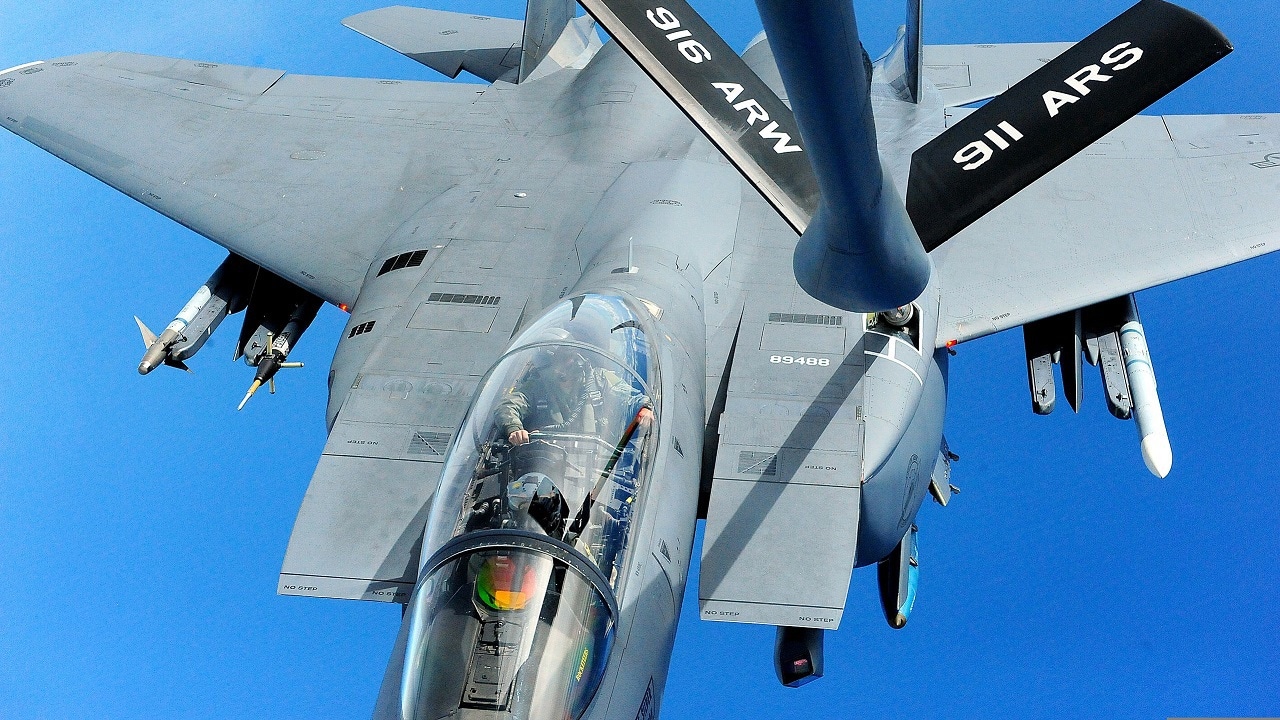
In comparison with the upward numbers, a Boeing 727 takes more than 15 minutes in reaching 9,000 meters, while the Streak Eagle did it in less than one minute.
The F-15 Streak Eagle is now on display at the National Museum of the U.S. Air Force.
The following video tells the story of F-15 Streak Eagle record flights.
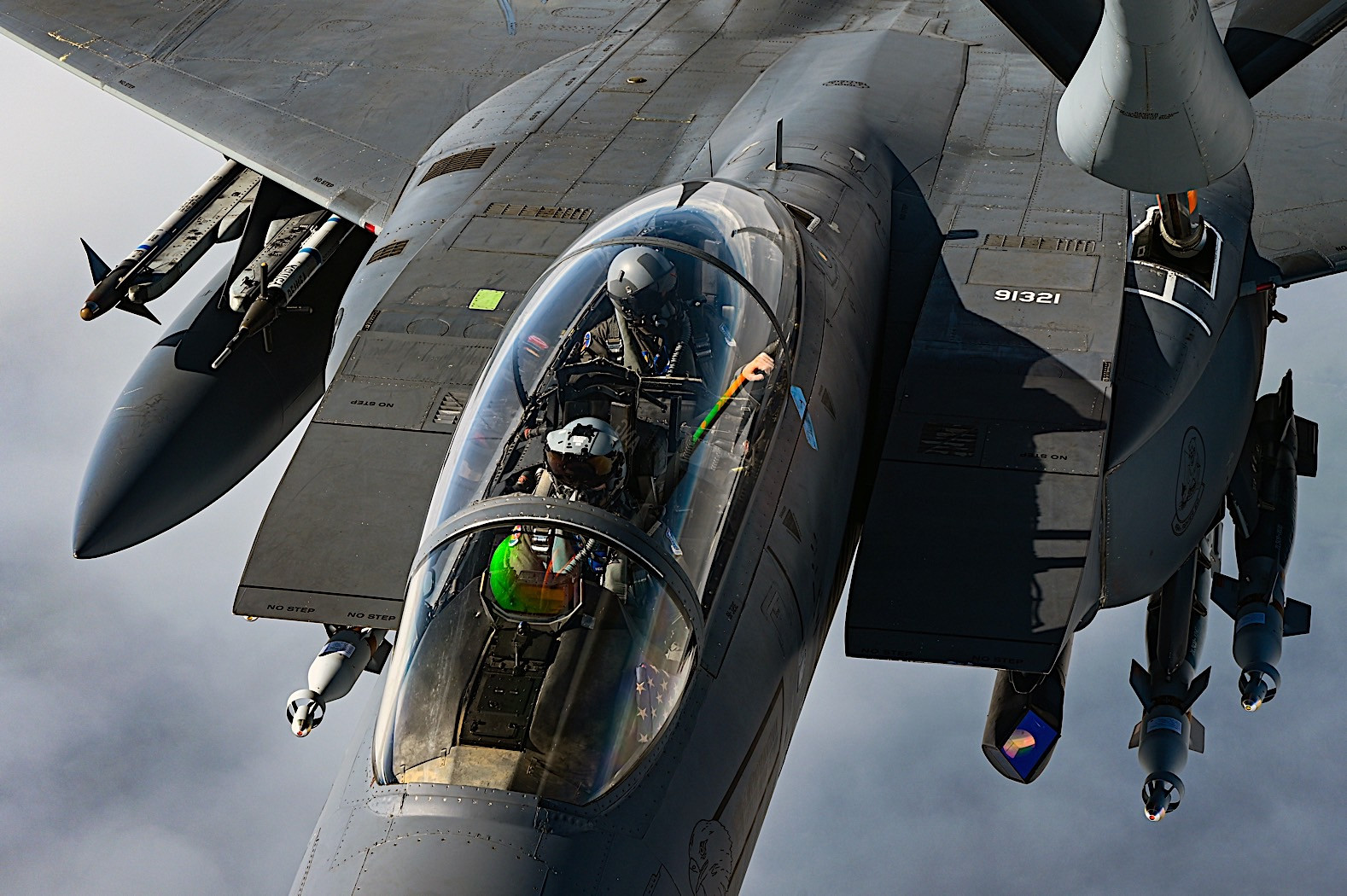
Photo credit: U.S. Air Force





